Museo Nazionale “Giuseppe Andreassi” e Parco Archeologico di Egnazia
Fasano
The museum
“Built on troubled waters”, as it was described by the Latin poet Horace at the end of the 1st century BC, today the ancient city of Gnathia has been brought back to life at the National Museum and Archaeological Park.
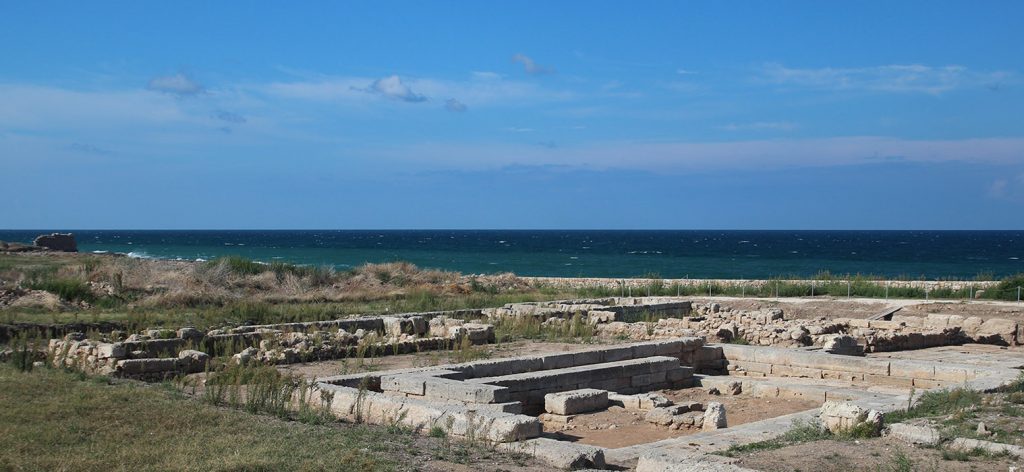
This is the most extensive example in Puglia of the cities of the Roman period and late antiquity, preserved a few kilometres from the trulli of Alberobello and the “white city” of Ostuni, on the road connecting Bari and Brindisi.
The archaeological site is near Fasano in the midst of ancient farms and olive groves, and looks out on a part of the Adriatic that was awarded a Blue Flag, once again, in 2017. It testifies to the history of Egnatia, an active commercial centre of the ancient world where the earliest settlement arose in the 15th century BC (the Bronze Age) and was inhabited by the Messapians from the 8th century BC, later becoming part of the Roman Republic, and then the Empire, until it declined in the Middle Ages.
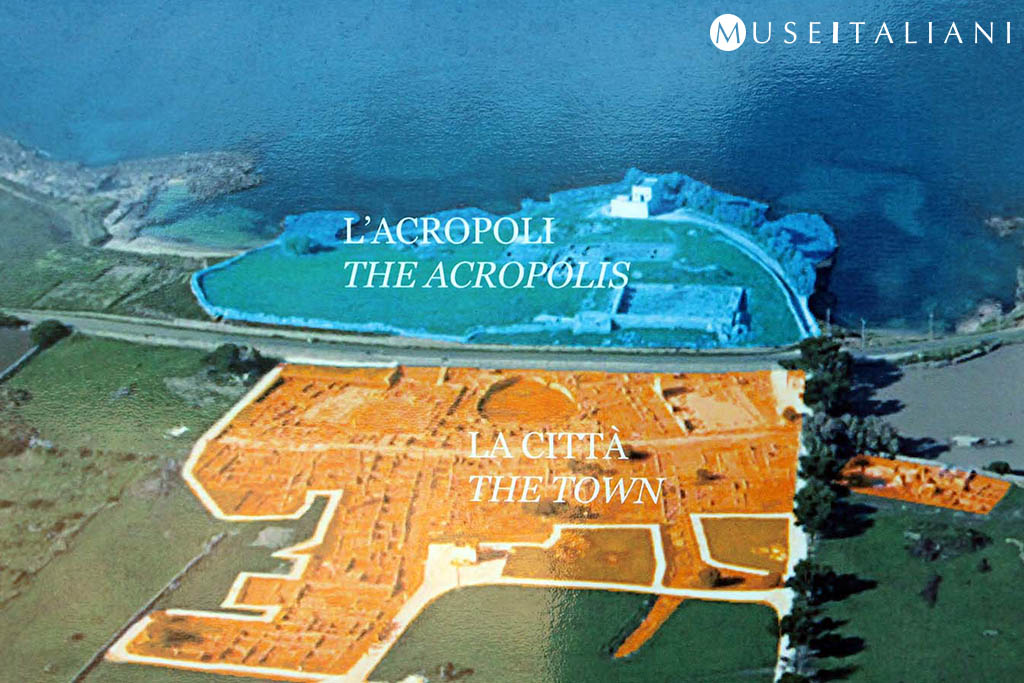
L’Italia da scoprire. Il Museo nazionale e Parco archeologico di Egnazia, Fasano (Brindisi), Puglia
The origin of the excavations
During the nineteenth century the remains of Egnatia were systematically plundered by Polish and French officers and later by local agricultural labourers, which led to the dispersal of a large number of archaeological finds, mainly taken from the apparatus of the rich Messapian tombs.

L’Italia da scoprire. Il Museo nazionale e Parco archeologico di Egnazia, Fasano (Brindisi), Puglia
Correct archaeological investigation only began in 1912 and, with various interruptions, has continued until the present. Today the site, with its 15 acres of archaeological park and 1,200 sq.m of exhibition area within the museum, is not merely a site of excavations and archaeological remains, but is a complete ancient city in the open air.
The Archaeological Park
The most ancient traces of human presence in Egnatia date from the Middle Bronze Age and were found in the area of the acropolis. The buildings for worship, including the imposing Sanctuary of Trajan, which was constructed in Roman times (2nd century AD) and is dedicated to Venus, are evidence that life continued here well into later epochs.
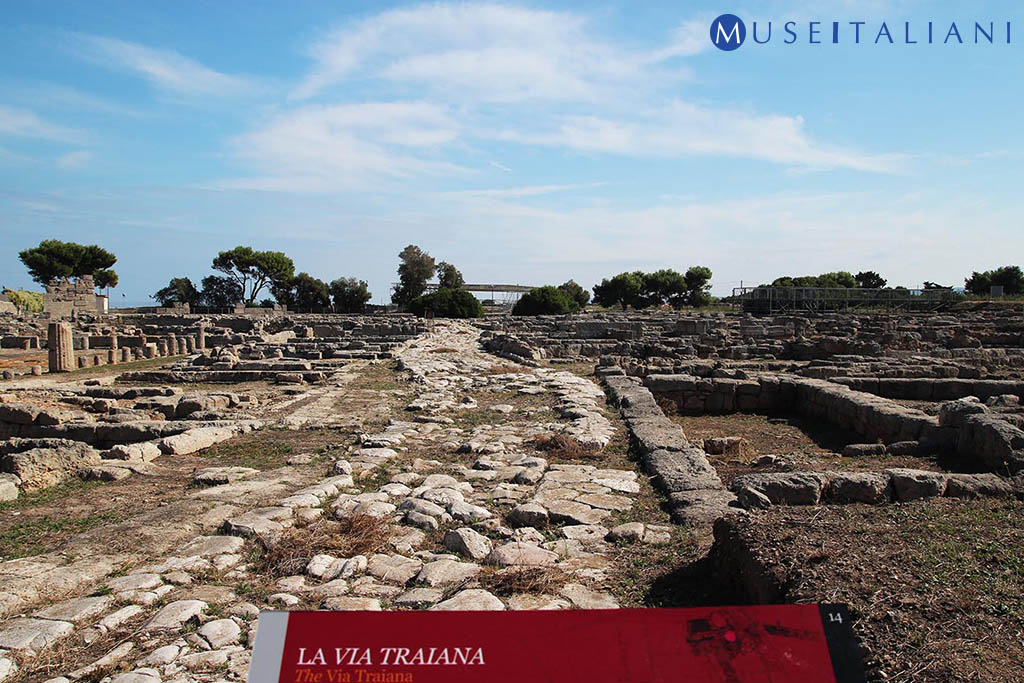
L’Italia da scoprire. Il Museo nazionale e Parco archeologico di Egnazia, Fasano (Brindisi), Puglia
The remains of the Trajan Way (via Traiana), which was built by the Emperor Trajan between 108 and 110 AD as a variant of the Appian Way (via Appia) connecting Benevento (Beneventum) to Brindisi (Brundisium), mark an ideal dividing line between the public buildings and the residential and artisan neighbourhoods of the Roman city.
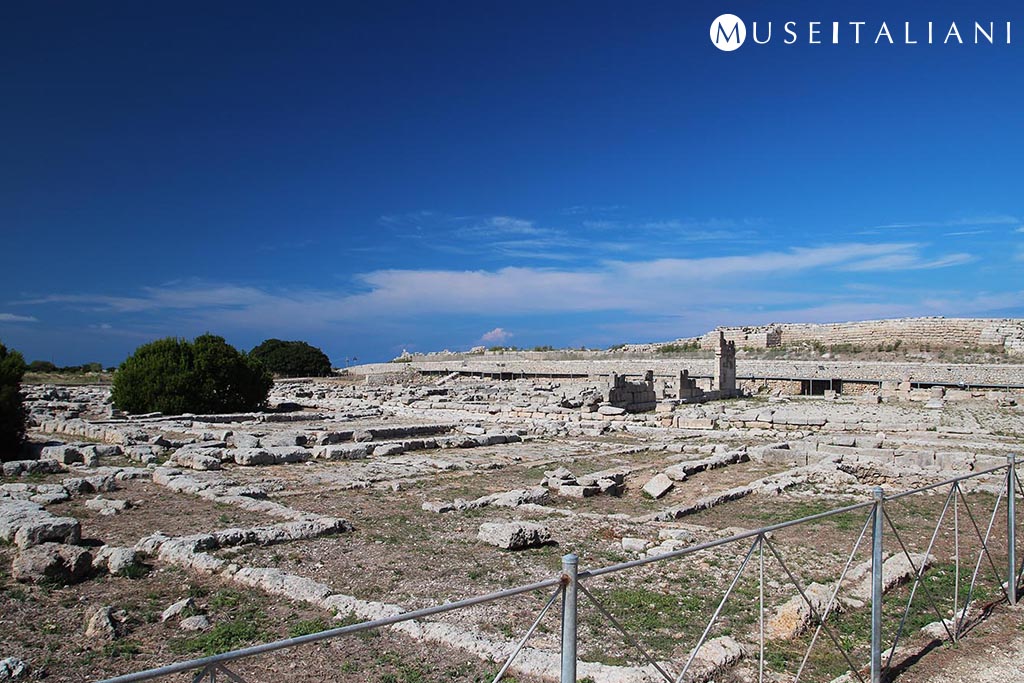
L’Italia da scoprire. Il Museo nazionale e Parco archeologico di Egnazia, Fasano (Brindisi), Puglia
The Messapian tombs that were discovered in the necropolis often have pictorial decorations that provide us with information about the culture of the afterlife and the beliefs about it that were widespread between the 4th and 2nd centuries BC. A high standard of living is evidenced by the frescoes and the numerous chamber tombs – single underground rooms of great size completely excavated out of the stone – and semi-chamber tombs of smaller size. This construction of monumental tombs of familial character is evidence of the presence of an emerging aristocratic class.

L’Italia da scoprire. Il Museo nazionale e Parco archeologico di Egnazia, Fasano (Brindisi), Puglia
The Tomb of the Pomegranates
When the foundations for the museum were being constructed in 1971 great interest was aroused by the discovery of one of these chamber tombs, known as the Tomb of the Pomegranates. Completely excavated from the rock, it is accessed via a flight of steps carved from the living stone and leading to a vestibule. It has an extraordinary portal consisting of two monolithic doors with a recessed handle, and still works perfectly.
This hypogeum took its name from the pomegranates, symbol of the afterlife, frescoed in the upper part of the walls of the tomb. Lower down are plant motifs with ivy branches interlaced by palmettes. The decoration of the ceiling reproduces the typical architecture of Roman dwellings, in the red bands that simulate the timber beams and rafters of a pitched roof.
Currently the Tomb of the Pomegranates is only open on special occasions for public guided tours. It is the subject of a restoration project that may be funded by Art Bonus, a tax incentive for businesses and individuals wishing to support cultural heritage.
The Museum
The museum was built in the 1970s to bring together the now-copious evidence found in the excavations at Egnatia and put it on public display. It is subdivided into chronological sections documenting the history of the settlement from its origins to its decline.
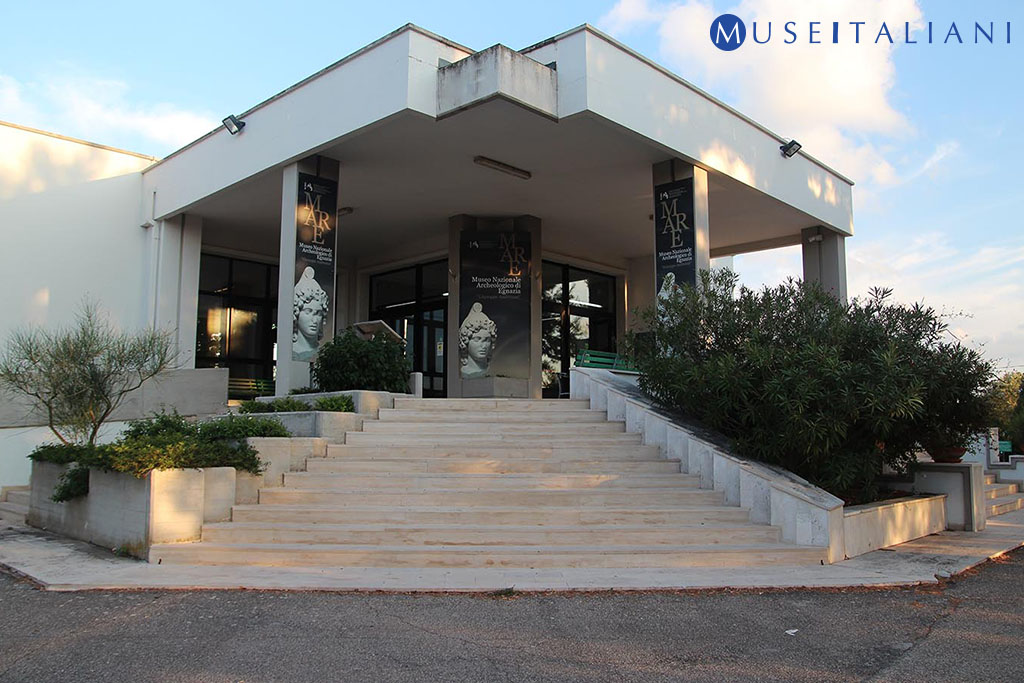
L’Italia da scoprire. Il Museo nazionale e Parco archeologico di Egnazia, Fasano (Brindisi), Puglia
The specimens of the symbolic trozzella jars of Messapic culture, which have roundels known as “trozze” applied to their handles, are of particular interest. As well as the important Apulian red-figure pottery there are numerous vessels decorated in the “Gnathian style”, a black varnish with superimposed decoration in white and yellow; these are found widely throughout Puglia.
Like the great variety of artefacts of Italic, African, and Oriental origin, these amphorae testify to the importance of trade, and to its increase following construction of the harbour and the Trajan Way.

L’Italia da scoprire. Il Museo nazionale e Parco archeologico di Egnazia, Fasano (Brindisi), Puglia
The splendid head of Attis with the typical Phrygian cap, sculpted from valuable white marble and belonging to a statue of the Hadrian era, is a testimony to the spread of the cult, which was of oriental origin, of the Great Mother of the Cybelean Gods.
Address
via delle carceri , 87
72010 Fasano
Timetables
From Monday to Sunday. Museum: 8.30-19.30. Archaelogical park: March 8.30-17.30; April-September 8.30-19.15; October 8.30-18.00; November-February 8.30-16.30
Situazione Emergenziale Aperture :
Aperture Attive
Information
www.musei.puglia.beniculturali.it/
drm-pug.museoegnazia@beniculturali.it
Ph: +39 080 4829056
Full: Museum and Archaeological area: 6 €; Tomba delle Melagrane: 3 €; Museum + Archaeological area + Tomb: 8 €
Reduced: Museum and Archaeological area: 2 €; Tomba delle Melagrane: 1,5 €; Museum + Archaeological area + Tomb: 2 €